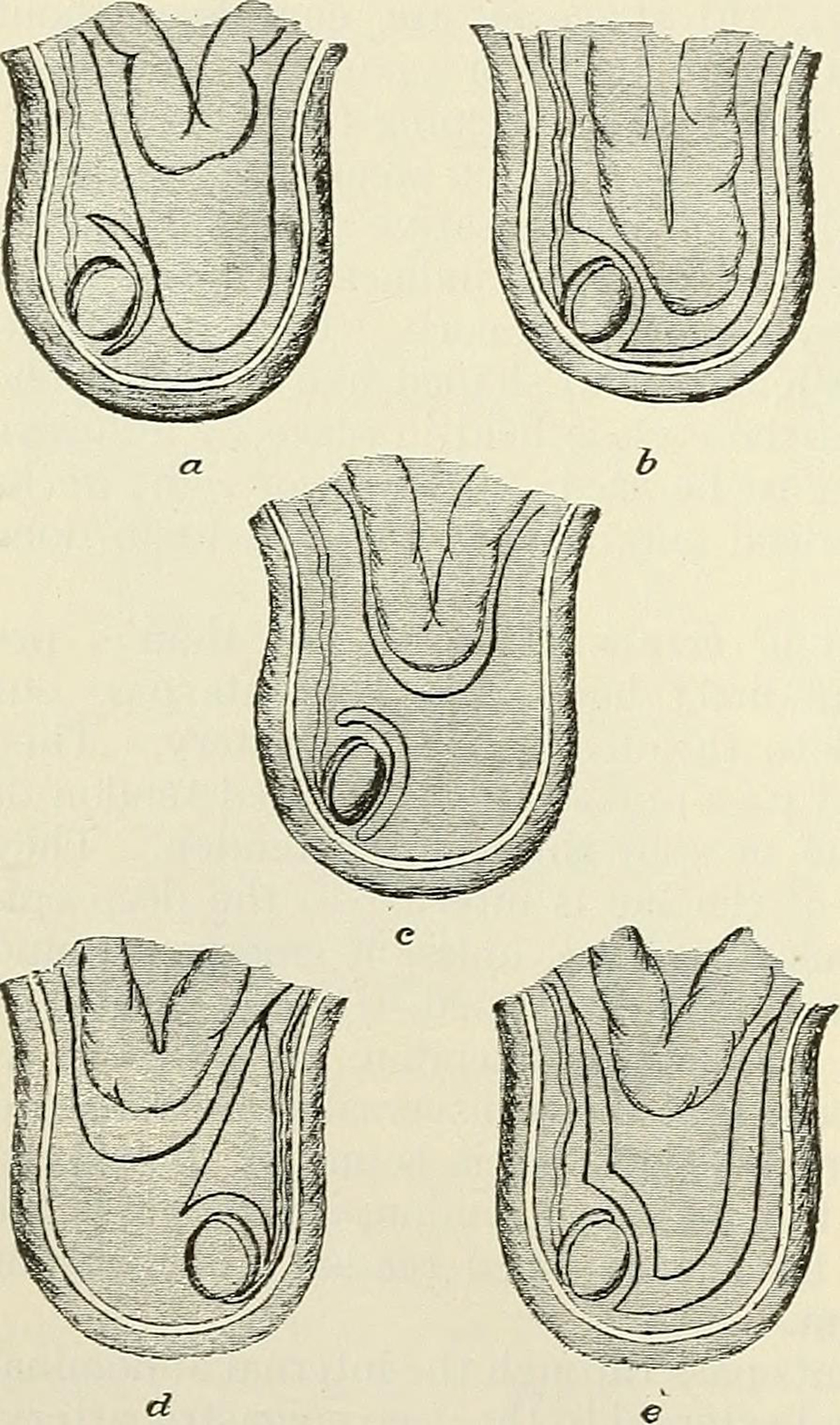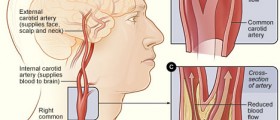
The facts about pyloric stenosis
Pyloric stenosis is a frequent condition that happens to babiesand is treated with surgery. Most common symptom is vomiting. It affects boys four times more than girls, especially the age group from 4 to 6 weeks. Etiology ofthis condition is unknown, but it is a fact that pyloric muscle in this condition thickens andbecomes bigger. Number of muscle fibers also increases, which is called hypertrophy. Pylorus looks like an olive and it is 1-1.5 inches long.Symptoms are visible and vomiting excretes stomach content without the presence ofbile. It happens after the baby has eaten, approximately one hour after themeal. Babies are exhausted, do not progress in weight, they lose a lot ofelectrolytes due to vomiting, and metabolic misbalance can also happen becauseof the lost chlorine ions.
It usually starts after the second week of life. In thebeginning vomiting content is small, but later on, as the condition progresses, entire food taken in gets thrown out. Jaundice can happen as afollowing condition sometimes and it is caused by the malnutrition and liver whichis still not formed completely. Diagnose is established with the help of thesymptoms and medical analysis (ultrasound). Lab analysis also point tometabolic alkalosis, hypochloremia, hyponatremia and hypokalemia.
The treatment options
Treatment requires surgery, which can be performed only whenthe balance of electrolytes is restored. Extramucosal pylorotomy is done duringsurgery – all layers of pylorus are cut up to the mucosa level, taking care ofthe mucosa itself. Even though pyloric stenosis is mostly affecting children,it can also happen to adults as a complication of untreatedstomach ulcers, especially if that condition was not treated for years and islocated in pylorus area. As a result of frequent ulcer reactivation, scar tissue iscreated and that type of tissue is responsible for the induction of pyloricstenosis. In adults, the same symptomsemerge as in children, including nausea and vomiting.
As for the treatment, the same method is applied for adults. There are several types of operations such as pyloromyotomy and laparoscopicmethod. When the surgery is over, post operative period will also include somevomiting until the gastrointestinal tract realizes that entire pathway is freeand without obstacles. Complications happen rarely and they might consist of anincomplete surgery, which will be shown when vomiting start again. Of course,this means that the surgery will be performed again. Successful surgery usuallyleaves no mark on a patient’s health.

















Your thoughts on this
Loading...